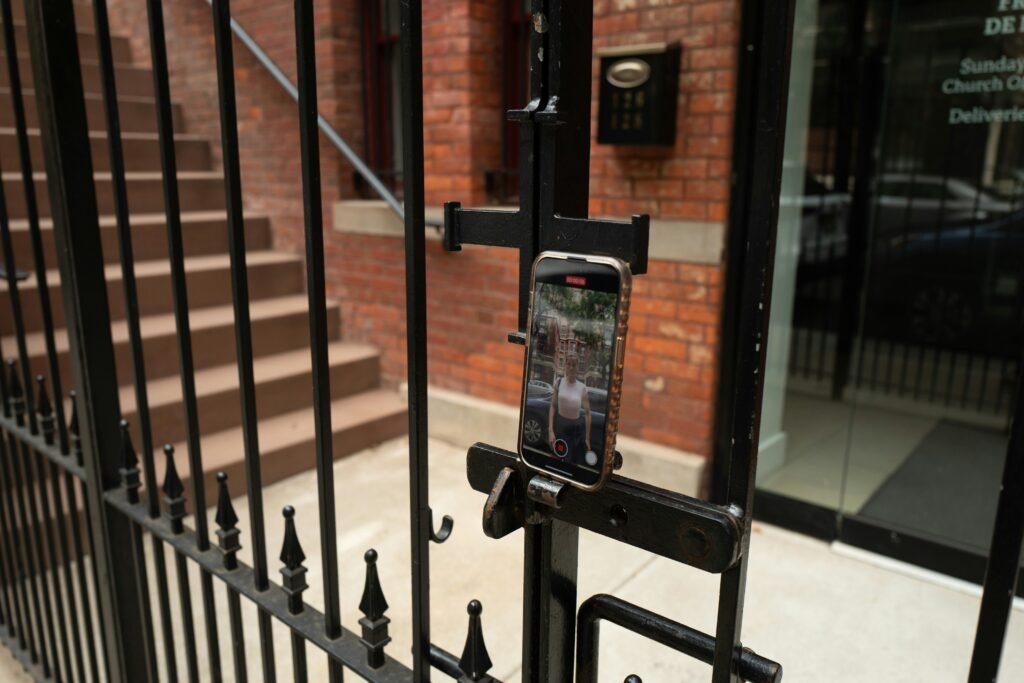Augmented Reality is no more a concept of the future; it has integrated itself into our lives, especially in marketing campaigns. Online shopping experience has slowly given way to AR to enhance customer satisfaction. Digital elements of augmented reality technology promise higher conversion rates with its reality technology, more than mere pictures. By combining digital information with the real environment, the implementation of AR has the potential to revolutionize customer engagement by offering an immersive experience.
AR is your bridge the gap between physical reality and digital transformation through product visualization in your living room.
How AR is enhancing E-Commerce?
Product Visualization
- 360-degree digital marketing: AR technology allows customers to have a virtual reality comprehensive understanding of any product, by way of viewing them from every angle possible. This is essentially beneficial for complex and costly products such as electrical gadgets and jewellery.
- Virtual try-on: To eliminate the possibility of issues arising due to uncertainty, the virtual world of AR offers the virtual try-on feature, especially for products belonging to the categories of fashion and make-up. The use of AR for this matter can significantly reduce the return rates.
- Home try-ons: The potential of AR also includes visualizing a piece of furniture in any room of the interiors, to gain assistance as to which furniture would look good and where. Integration of AR helps in making informed purchase decisions when it comes to home décor.
Interactive Product Information
- Product details on-demand: By simply pointing the camera of the mobile device towards a product, one can gain access to valuable insights about the said product. This makes the shopping process more convenient than typing out keywords physically.
- Interactive guides: AR can provide the customers with a step-by-step guide to assembling their products, or for performing maintenance tasks. This eases the burden of impersonal interaction on both sides of online retailers and shoppers and assures optimum customer experience.
Personalized Shopping Experience
- Tailored recommendations: AR can be a tool to analyze customer preferences and behaviour, to keep track of the growing interest and usual user engagement for keeping products in need ready for dispersal. By gaining insights into the customers’ style, budget and past purchases, AR can suggest a range of products tailor-made for them.
- Interactive store layouts: The impact of AR knows no bounds, as it can guide the customers in the virtual stores by bringing forth new or usual products, and promotions. A competitive edge and increased brand awareness amongst the audience are easily attainable with the help of AR.
Gamification and Immersive Experiences
- Treasure Hunts: Stores in the physical world can make use of AR by integrating it into fun treasure hunts. This would turn into a transformative impact as the brand in question would see not only a substantial increase in user engagement but also a broader reach into the audience by word-of-mouth publicity.
- Virtual showrooms: Virtual showroom visits can be an immersive experience with the help of AR technology. One can interact with the products, and also take consultations from trained virtual assistants.
Benefits of AR in E-Commerce
- AR guarantees the ultimate customer satisfaction and loyalty, by enhancing the user experience offered by the brands.
- Reduction in return rates is one characteristic a brand can boast of by usage of Augmented Reality.
- By making the shopping process more accessible and informative, AR can pave the way for increased sales for any brand.
- Companies seeking brand differentiation in social media can turn to AR solutions for the same.
- Shopping can be streamlined into an easy process for people with disabilities with the help of AR (with visual and auditory information).
Challenges and Future Trends
- Technical limitations are undeniable when it comes to such an elaborate and costly technology of AR. Though devices are evolving, they might not be always compatible or user-friendly.
- The cost of implementing AR solutions can be pretty high, particularly for small and medium businesses.
- To ensure a seamless experience of virtual realities, businesses need to be transparent about their policies and usage of the personal data of users.
Despite these obstacles, we can expect to see people harnessing its potential in various ways in the future, such as:
- Real-time language translation for making the brand accessible to international audiences as well, thus increasing the brand’s popularity.
- Customers can get assistance in making the right purchase decisions for the fulfilment of their wants and needs with the help of Augmented Reality mirrors.
- Sensory stimulation is also one of the possibilities of AR.
- Social shopping can be a reality for people living far away from each other.
Augmented Reality in E-Commerce is fast becoming the next-gen way of attaining customer satisfaction. Real-time and immersive experiences offered by AR can help business organizations unlock new opportunities in the realm of online shopping. As AR continues to gradually evolve, the E-Commerce industry can expect to see even more pathbreaking applications and solutions, transforming the way people shop and interact with products.








